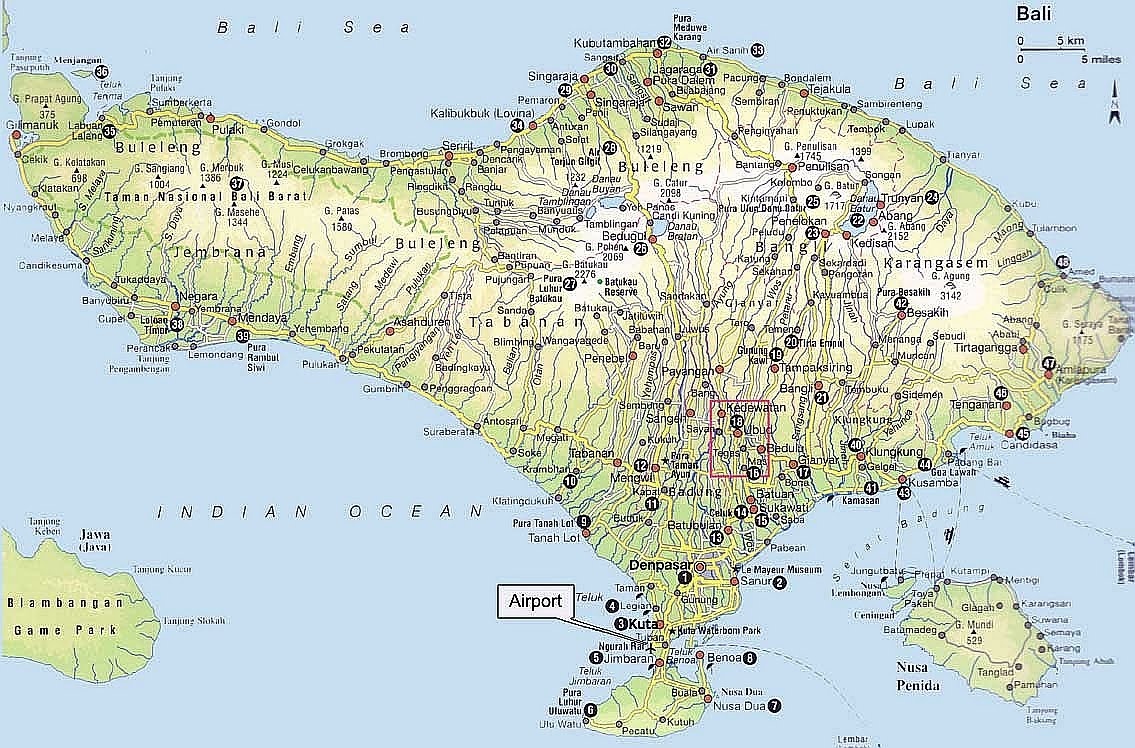Taken from:
http://kaffee.netfirms.com/aboutme.htm
http://kaffee.netfirms.com/Coffee/robustavsarabica.html
Robusta vs. Arabica
There are two basic categories into which all species of coffee trees can be sorted. Although there are several varieties of each—each variety having its own character—this division into two large categories is useful for understanding the difference between a gourmet cup of coffee and an ordinary cup.
High quality blends consist of 100% Arabica beans.
Lower quality, cheaper blends may have some proportion of Robusta beans, or they may consist entirely of Robusta.
Arabica beans produce a superior taste in the cup, being more flavorful and complex than their Robusta counterparts. Robusta beans tend to produce a more bitter brew, with a musty flavor and less body. This distinction being made, you can see why high quality coffees should consist of 100% Arabica beans.
So why use Robusta at all?
Well, there are several reasons these beans are grown and used. First of all, we have the economical concerns driving the farmer to grow the crop.
Robusta coffee trees produce their first crops within about two to three years of being planted. Arabica trees require about four to five years to produce any fruit.
So the farmer has an inducement to grow the faster growing variety to take advantage of upswings in the price of coffee. Also, the Robusta coffee tree can grow under a larger variety of environmental conditions than can the Arabica. It is more tolerant of cold and grows well in a wider range of altitudes. Second, roasters buy the beans because they are generally cheaper than the Arabica beans. They can be sold to less discriminating consumers in the pre-roasted, pre-ground, pre-staled cans of supermarket “coffee”. They can be brewed and freeze-dried to make instant “coffee” without worrying about degrading an already questionable flavor (sorry to use the quotes again, I just can’t help myself). They can be used in blends with Arabica beans to make the blend cheaper for the roaster while still being able to make the claim that the blend includes Arabica beans. Finally, Robusta beans are higher in caffeine than Arabica beans and fuel the addiction many of us already suffer from. Of course, all of what I write here is a gross oversimplification but since it’s all I know about these beans, it will have to do.
But I haven't quite exhausted my knowledge yet. I do know a little about Arabica beans and how they differ from Robusta.
Arabica beans grow more slowly than Robusta but demand a higher price on the coffee commodity market. They are more limited in terms of where they can be grown, demanding a very precise temperature range and annual rainfall. I don’t know the exact range or I would tell you what it is. Also, they tend to do best, and produce the best bean, at higher altitudes. In fact, high altitude beans carry an extra premium because they are thought to contain more of the substances that make coffee so complexly flavorful than beans grown at lower altitudes. Perhaps this is because they grow more slowly the higher up the mountain they are planted.
Varieties of Arabica beans are grown all over the world and the different flavor characteristics produced by each growing region are distinctive.
Flavor can vary within a growing region due to factors such as weather, altitude, soil type, soil richness and whether there are shade trees on the finca (or coffee plantation). In addition, a coffee’s flavor can be affected by the processing methods used to separate the beans from the fruit. It is these varietal characteristics of the Arabica bean that makes it such a sought after product and many of the finer small roasters cup (that is, roast and taste) batches of coffee before purchasing it. For all of these reasons, the Arabica bean is good coffee.
But hold on, you say, don't the French and the Italians use Robusta beans in their fine blends of coffee? Actually, yes they do, and I'm delighted that you pointed it out. This is where we leave the realm of the coffee drinker who believes there is one true way to caffeinated salvation and enter the realm of the coffee agnostic.
I know intellectually that coffee I don't like can be good, but I'm just not sure I believe it.
In France (so I have heard) they sometimes use a blend of beans that is 55% Arabica and 45% Robusta. To each his own. This is also the country where they willingly add roasted chicory root as an adulterant.
They like it that way so for them it’s an acceptable blend of coffee. The Italians, too, use Robusta in their blends, probably because of its purported ability to improve the crema head on a cup of espresso.
I don’t know what blend is most common in Italy but I have read that a 10% inclusion of Robusta can have the desired effect on the crema of your espresso.
Nigeria, Cameroon, Gabon, Democratic Republic of Congo, Uganda, Angola, Madagascar, Sri Lanka, Sumatra, Java, Bali, Timor, Borneo, Vietnam, and Celebes.
Arabica countries:
Combination countries:






